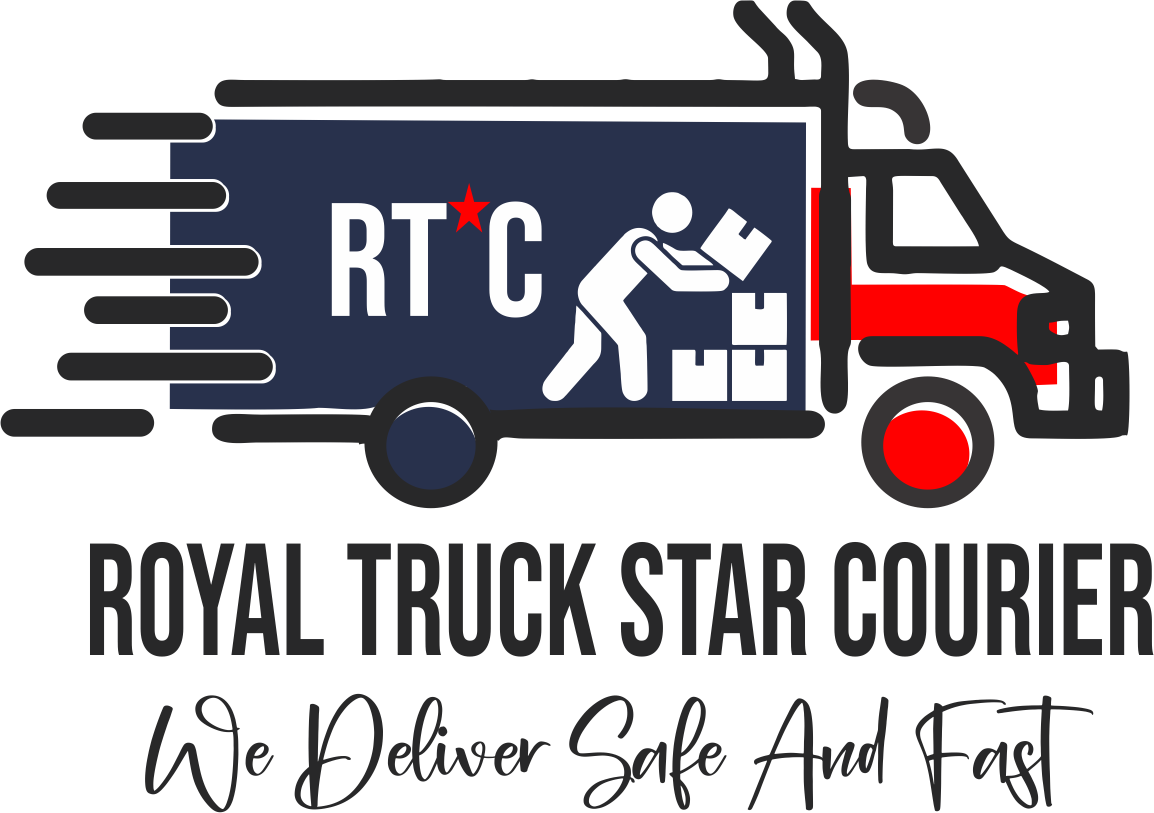Introduction
Kenya's e-commerce scene is booming — driven by mobile money, growing internet access and a rising middle class. Yet many businesses still struggle with slow deliveries, inventory mismatches and opaque supply chains. Supply chain digital transformation is the practical answer. In this post we explain what it means for Kenyan retailers and logistics providers, share real-world examples, and give actionable steps to accelerate your digital journey across all 47 counties.
Why supply chain digital transformation matters in Kenya
At its core, supply chain digital transformation means using technology to make your sourcing, warehousing, order fulfilment and delivery faster, more visible and cheaper. For Kenyan businesses — from Nairobi startups to county-level distributors — this transformation unlocks:
- Faster time-to-customer (vital for perishable goods and competitive e-commerce)
- Lower delivery and inventory costs through better forecasting
- Improved customer trust with real-time tracking and reliable service
- Scalable operations to expand beyond major urban centres into all 47 counties
Kenyan challenges and opportunities
Local challenges
- Addressing and last-mile complexity: Informal addresses, gated communities and rural paths make last-mile delivery time-consuming.
- Cash preference and returns: High use of Cash on Delivery (COD) increases risk and handling costs.
- Infrastructure gaps: Poor road quality in some regions and seasonal weather can disrupt schedules.
- Fragmented inventory: Many MSMEs lack centralized warehousing or inventory systems.
Local opportunities
- Mobile money everywhere: M-Pesa and other mobile wallets make digital payments practical and instant.
- High smartphone penetration: Customers expect real-time updates and can receive SMS/app notifications.
- Successful local models: Twiga Foods, Jumia and other Kenyan players show that integrated tech + logistics works.
- Government and private investment: Infrastructure projects (roads, SGR) and investment in tech startups create favourable momentum.
Core elements of a successful digital supply chain
Transformations differ by company size, but the foundational elements are the same:
- Order Management & API Integration: Connect your online store, marketplace and ERP to your logistics partner via APIs to automate orders, reduce manual errors and accelerate fulfilment.
- Warehouse Management (WMS): Digitize stock levels, bin locations and picking processes to cut picking times and reduce stockouts.
- Real-time Tracking & Visibility: Customers and operations teams should see where every parcel is — improving trust and reducing inquiry calls.
- Data & Forecasting: Use historical sales and seasonal trends to optimise inventory and staffing across counties.
- Payments & Reconciliation: Integrate mobile money (M-Pesa), card payments and COD reconciliation to speed cash flow.
Practical, actionable steps for Kenyan businesses
- Map your current process. Document each step from order placement to delivery. Identify delays, manual handoffs and cost leaks.
- Prioritise quick wins. Start with integrations that remove manual work – for example, API linking between your e-shop and a 3PL to auto-create shipments.
- Implement real-time tracking. Customers expect visibility. Start with SMS + web tracking and introduce push notifications in your app.
- Digitize warehousing. Use barcode/QR-based picking and a simple WMS to improve accuracy and reduce fulfilment time.
- Use data to plan routes and inventory. Analyse last-mile delivery density by ward/sub-county to create micro-hubs and reduce per-delivery costs.
- Reduce COD friction. Promote mobile payments with discounts, pre-pay incentives and clear instructions. Reconcile COD daily to maintain cash flow.
- Partner with a tech-savvy 3PL. Work with providers that offer API integration, scalable warehousing and nationwide coverage across all 47 counties.
Real-world examples and mini case studies
Twiga Foods — digitising agri-supply chains
Twiga linked smallholder farmers to retailers using digital ordering and its own logistics network to reduce waste and stockouts. The lesson: connect procurement and distribution with simple tech to remove intermediaries and deliver fresher produce at lower cost.
Jumia and marketplace fulfilment
Jumia built logistics capability to handle high-volume marketplaces, focusing on hub-and-spoke warehousing and last-mile partners. Kenyan merchants learned that combining marketplace reach with reliable fulfilment improves conversion and repeat business.
How Royal Truck Star Courier helps Kenyan businesses
At Royal Truck Star Courier we work with Kenyan retailers and marketplaces to deliver integrated solutions: API integration for automated orders, real-time tracking to improve customer visibility, warehousing across strategic counties, and both same-day and next-day delivery options. For example, a Nairobi fashion retailer that integrated our API cut order processing time by 70% and increased on-time deliveries by 25% within three months — reducing customer complaints and returns.
KPIs to track during and after transformation
- On-time delivery rate
- First-time delivery success
- Order-to-delivery time
- Inventory turnover and stockout rate
- COD return and reconciliation time
- Customer satisfaction (NPS, CSAT)
Conclusion & call-to-action
Supply chain digital transformation is not a luxury — it’s a business necessity for Kenyan e-commerce and logistics. By prioritising API integration, real-time tracking, better warehousing and data-driven routing, Kenyan merchants can cut costs, improve customer trust and scale beyond Nairobi into all 47 counties.
Ready to start? Royal Truck Star Courier offers end-to-end e-commerce logistics, API integration, warehousing and real-time tracking tuned for the Kenyan market. Contact us for a demo and a practical roadmap tailored to your business.
